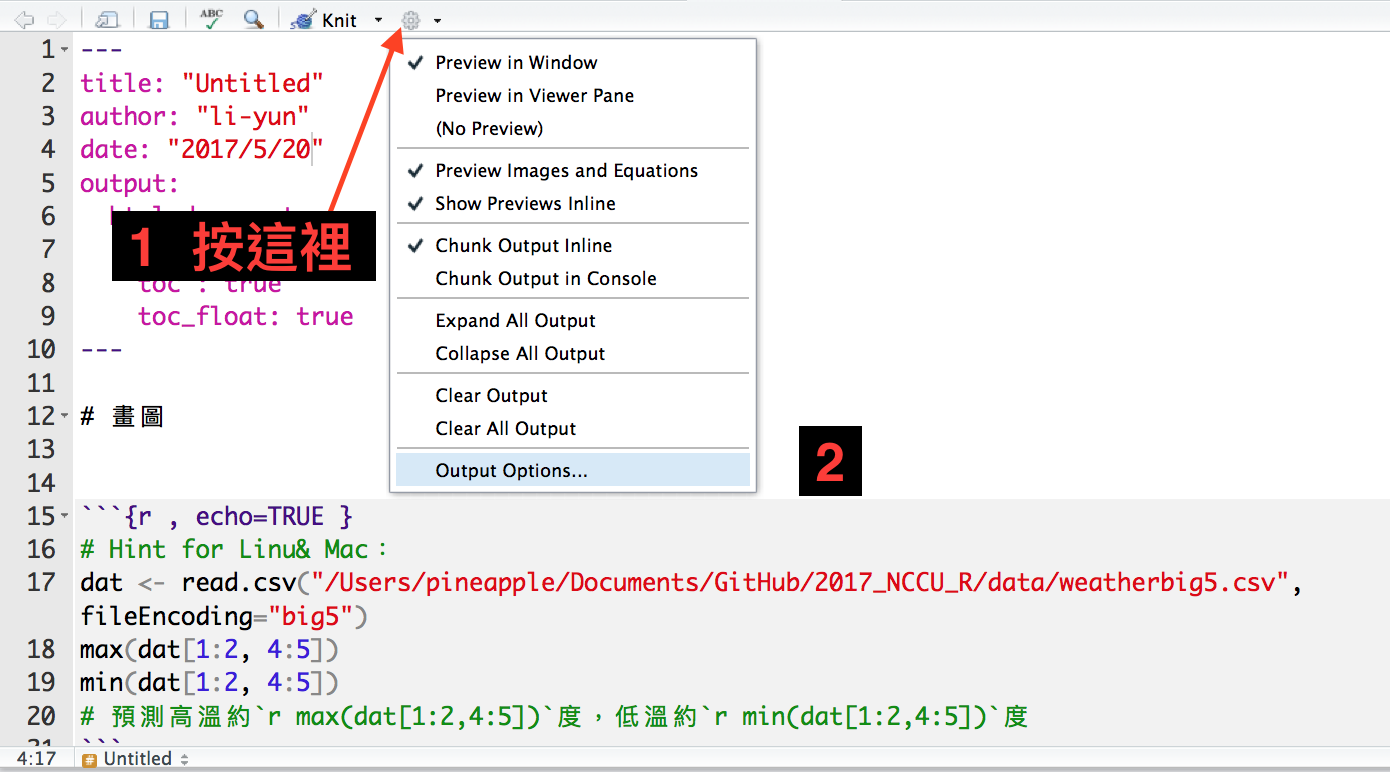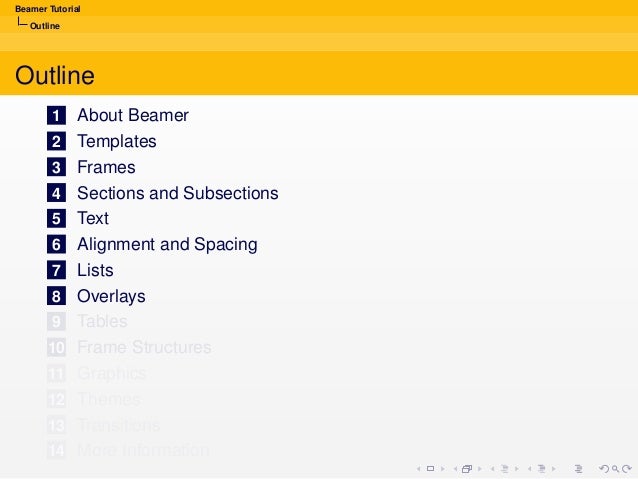
By the end, you’ll have the skills you need to produce a document or presentation using R Markdown, from scratch!
#RMARKDOWN TOC HOW TO#
In this blog post, we’ll look at how to use R Markdown. Turn your data analysis into pretty documents with R Markdown. The function init_tinymce() tries to circumvent the removal of code when changing between preview and raw text in the WordPress editor.JGetting Started with R Markdown - Guide and Cheatsheet MdOpt <- markdownHTMLOptions(default = T) # Set RMarkddown options (knit2wp uses markdown::markdownToHTML)

JetPack plugin provides support to automatically render the LaTeX math expressions. Side note: If you want to keep the LaTeX markup, the following global settings exclude the MathJax conversion in the markdown::markdownToHTML function used inside knit2wp. The function mathjax_config() enables the rendering of the LaTeX equation markup. MathJax is a JavaScript based rendering environment for mathematics. The function mathjax_cdn() add the rendering of equations to your WordPress site by adding the MathJax Javascript library. R Markdown files with latex like math equations $x=3$ are transformed to the MathJax syntax \(x=3\). The function highlight_load() includes highlight.js in the footer of your WordPress theme. = ',pre,script,code,iframe' Īdd_filter('tiny_mce_before_init', 'init_tinymce') prevent removing code when changing between preview and raw text in the editor Opts_knit$set(upload.fun = function(file)) " Īdd_action('wp_head','mathjax_config',1) Options( = c(markdownHTMLOptions(default = T),"toc")) # Include toc (comment out if not needed) Options(WordPressLogin = c(admin = 'password'), WordPressURL = 'blog_url/xmlrpc.php') # Set login parameters (replace admin,password and blog_url!) Install.packages('RWordPress', repos = '', type = 'source')}
#RMARKDOWN TOC INSTALL#
For more information see: XML-RPC_MetaWeblog_API # Install RWordpress To include custom_fields use custom_fields=list(value=list(id="444",key="myKey",value="myValue"))(id is optional). Supported options: categories, mt_keywords, mt_excerpt, mt_allow_comments (“open”,“closed”), mt_allow_pings (“open”,“closed”), wp_post_format (“standard”.). The function returns the postid, in case the user wants to update the blog post at a later point in time. Knit2wp converts the R Markdown to html and uploads the new entry to the WordPress blog.

To publish with R the username (typically ‚admin‘), password and the url of the WordPress site are required and set in options. In the packages RWordPress and knitr provide the necessairy functions for publishing a.


In the WordPress admin area go to Settings / Writing / Remote Publishing and enable the XML-RPC option. In a first step on the WordPress website remote publishing needs to be enabled. Then run the wordpress chunk on the top of the template file to publish the content of the template file on your WordPress website. First replace Replace in the wordpress chunk on the top of the template file with your WordPress login parameters and url. Use the template file to upload your R Markdown files to your WordPress site. This is possible with the RWordPress package that allows to send parts of R Markdown to a WordPress blog. In addition to the comfortable generation of Markdown reports (there is also a LaTeX based version) it is also possible to directly generate WordPress blog entries from R with R Markdown (.Rmd files).
#RMARKDOWN TOC PDF#
With R and Markdown one can create reports for HTML, PDF or even Word (see RStudio Markdown, Markdown).


 0 kommentar(er)
0 kommentar(er)
